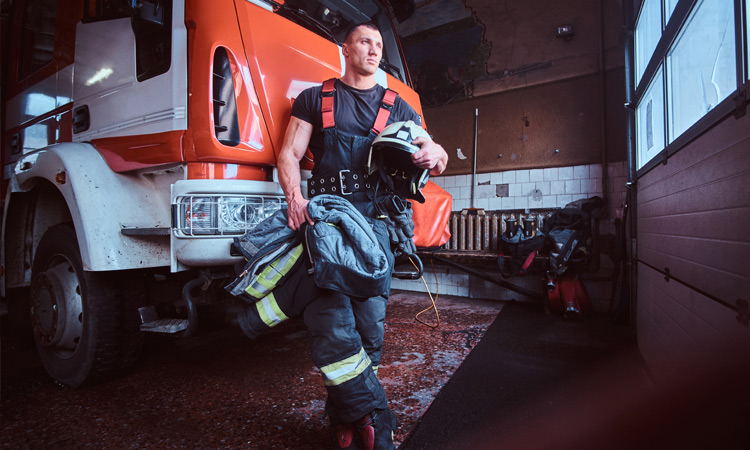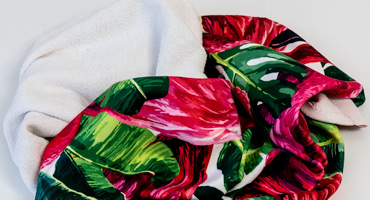Flame retardant fabrics
Intrinsically Flame Retardant (IFR) and Non-Default (NDFR) are two standards for flame retardant fabrics. IFR is permanent, while NDFR is non-permanent. In the case of Non-Default (IFR), the fabric is woven using modern flame retardant yarns designed for durable, long-lasting, and repeated commercial use; where washing is a key criterion to ensure that the required flame retardancy standards are not lost.

Characteristics and application
Flame retardant material can be made in two ways. The first way is to subject ordinary fabric to chemical treatment. The second way is the previously mentioned method of weaving modern yarns to create a fabric that is particularly flame retardant. The fibers used to make IFR are permanently flame retardant, which means that chemical elements do not affect the chemical structure of the polyester fiber.
Most flame retardant fabrics are used in protective clothing, but not all. Other examples of fabrics with flame retardant properties include blankets, curtains, and bedding. A good example of a non-workwear application of flame retardant fabrics is children's nightgowns. They can be made of specially impregnated fabric that is difficult to flame. However, it is important to remember that the flame resistance may wear off over time. In the case of heavier fabrics, this is often not a problem.
Commercial purpose
Fireproof suits are used to ensure the safety of personnel when they need to access areas where the temperature is dangerously high. These suits can be used in many different fields of work and in many different industries. It is common for firefighters to wear special fireproof suits and other clothing as part of their job. These suits are made of special materials that can withstand high temperatures.
Specific industries that benefit from flame retardant fabrics:
1. Healthcare/hospitals: Safety is key when working with vulnerable people. At the same time, doctors, nurses and other caregivers need to feel that they are also adequately protected. That is why hospitals, clinics and other healthcare facilities commonly use flame-retardant fabrics for curtains, mattress covers and other purposes.
2. Military: Military clothing should be durable enough to withstand the most demanding conditions, while also being lightweight and comfortable. Specialized flame-retardant military fabrics should be designed for any outdoor environment.
3. General Safety: Protective clothing includes jackets and trousers, vests and accessories. FR fabrics are ideal for outerwear used in manufacturing, construction, utilities, oil and gas and other industries.







